Other uses for diaper rash cream: 17 Different Uses for Diaper Rash Cream You Haven’t Heard Of
Posted on17 Different Uses for Diaper Rash Cream You Haven’t Heard Of
As a parent, no doubt you have a tube or tub of diaper rash cream on hand whenever you are changing your baby’s diaper.
You know you can apply diaper rash cream to a baby’s bottom to help prevent diaper rash.
But what you may be surprised to learn is that there are also many other uses for diaper rash cream!
And when you realize how many different ways you can use diaper cream, you’ll want to make sure you always have a few containers on hand.
From cuts and scrapes to chafing, we are going to list out the different uses for diaper rash cream that you can try that aren’t for you baby’s bottom.
17 Different Uses For Diaper Rash Cream
If you want to find different ways to use diaper cream, here are a few of suggestions for you to try out.
Just to note before we dive in, most of these uses require a zinc oxide-based diaper rash cream, however if you are using cloth diapers you’ll probably prefer a cloth diaper safe cream.
So if you are using a zinc oxide-based rash cream, make sure if you try out one or several of these uses for diaper rash cream!
1. Knock Out Pimples
Hormones aren’t always our friend, and if your hormones are making your skin look like a teenager, then you need to grab some diaper rash cream and spread it over your acne. It’ll quickly reduce the redness and swelling associated with pimples.
Who would think that diaper cream would get rid of acne? It does! Get rid of those pimples and enjoy clearer skin.
2. Take Care of Razor Burn
Having razor burn is no fun at all, but since this is technically a skin injury and a type of rash, make sure you give this a try. You need to apply a thick layer of diaper rash cream, and depending on the location, consider wrapping some gauze around it to prevent getting the cream everywhere.
The cream will help heal the razor burn, but it also will help reduce the discomfort and pain associated with it.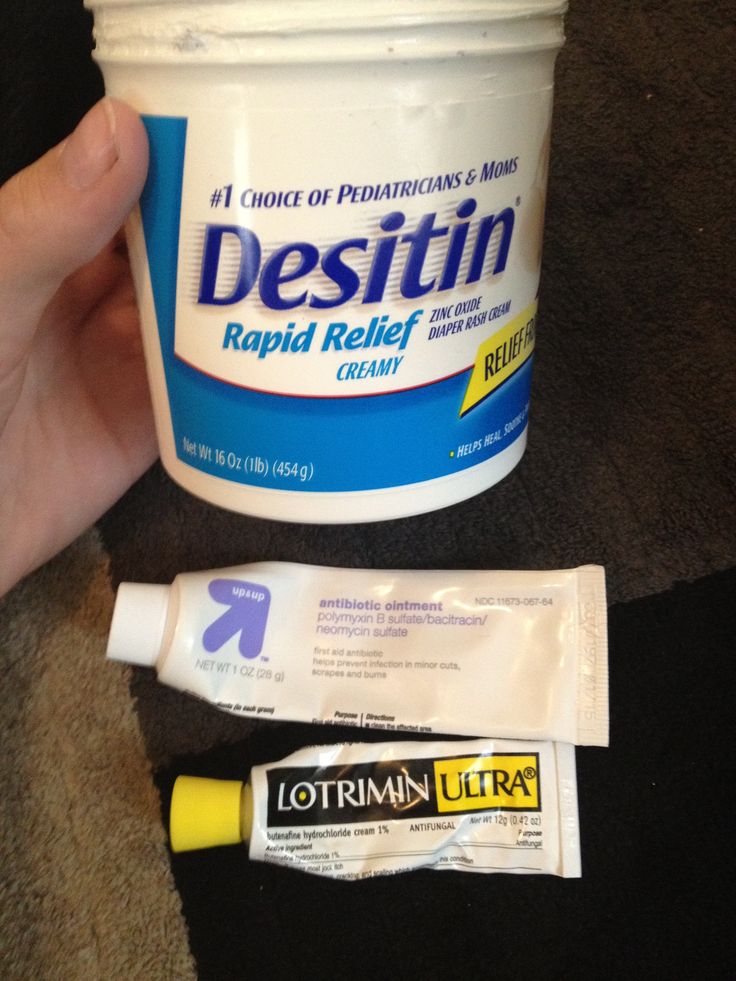
3. Eases Chafing
Let’s be honest, nobody likes chafing!
So, if you or your child is unfortunate enough to end up with chafed skin, try applying a very thick layer of diaper rash cream to the chafing area. It will act as a barrier to the irritated skin and also help it from drying out.
4. Helps with Itchy Skin Rashes
Whether you have dry skin, psoriasis, or eczema, diaper cream is terrific for temporarily getting rid of the itchiness and discomfort that comes from these skin rashes. While it may not heal them since they tend to have underlying causes, it helps make your day feel a bit more comfortable, and it stops your desire to itch the rash.
5. Helps with Heat Rashes
Do you notice that you have a heat rash on your skin? Apply a layer of diaper rash over it. It’s precisely what heat rashes need to be kicked out of the way quickly.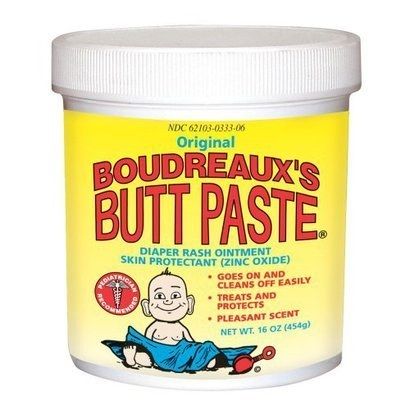
6. Take Care of Dog Rashes and Patches
If your dog has dry patches on his skin or some awkward rashes, using diaper rash cream helps heal it. Best of all, this remedy is approved and recommended by most vets. Make sure you rub it in well, so your dog doesn’t lick it off.
7. Acts as a Sunscreen
Did you forget your sunscreen at home? If you have a zinc oxide-based diaper rash cream, it may be a viable sunscreen alternative. Zinc oxide is the main ingredient in mineral-based sunscreen; yes, it’s the same ingredient.
While you probably don’t want to rely on diaper rash cream for your regular sunscreen protection, it may be an option when you don’t have your sunscreen on hand.
8. Protects and Heals Burns
Whether you have a sunburn or a burn from an injury, it’s the worse. Having any type of burn makes you feel horrible, and one simple trick is to use diaper rash cream.
Not only does rash cream soothe burned skin, but it provides a thick base that moisturizes and protects your skin while it heals.
9. Fill Holes in the Wall
Here is one of the most interesting uses for diaper rash cream. If you’re known to add more holes in the walls than needed while handing a picture on the wall, then grab that diaper rash cream!
All you have to do is apply a small amount of diaper cream over the hole in the wall and let it dry. Then, you can paint right over it, and no one will be the wiser.
10. Elbow and Foot Softener
If your elbows and feet never feel as soft as the rest of your body, try applying a thick layer of diaper cream to them and leave it on overnight. You’ll be surprised how soft it leaves your skin feeling in the morning.
Just a word of warning though, make sure you cover your feet with socks and your elbows with a long sleeve shirt, so the diaper rash cream does not even up everywhere!
11. Heals Cracked Heels
Not only does diaper cream soften your feet, but it also helps to heal cracked heels.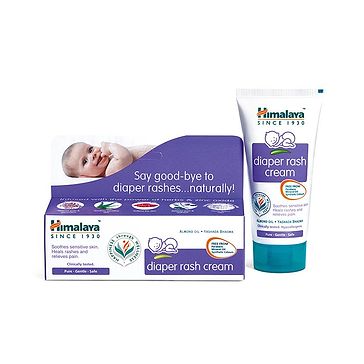
Worst of all cracked heels can be really painful!
So, if you find you have cracked heals, try applying a thick layer of diaper cream over your heels and slide on a pair of socks. Leave it on overnight while you sleep and you should wake up with your heels feeling a little better.
12. Protects Small Scrapes and Cuts
If you have kids, then you know minor scrapes and cuts happen all the time. You can use diaper cream to protect these small injuries from getting dirty, and it encourages the cut to start healing.
Diaper cream creates a waterproof barrier, so if your child has a minor injury and they’re going swimming, spread a layer of diaper cream over the top.
13. Takes Care of Hemorrhoid Discomfort
Is there anything more uncomfortable and awkward than hemorrhoid? If you need relief, spread a layer of diaper rash cream over your hemorrhoid, and it helps reduce the swelling and irritation.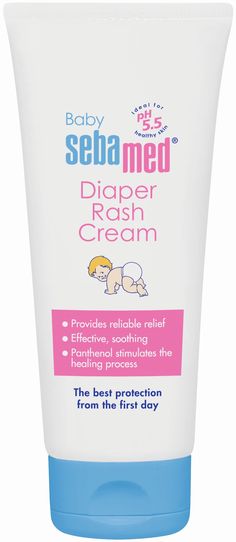
14. Helps with Winter Skin
If you live in an area with cold winters, you know that the cold winter air causes chapped cheeks and lips, especially if you have sensitive skin. One of the ways to use diaper rash cream is to slayer on a layer of it at night before you or your child goes to bed at night. By the morning, their skin will be noticeably moisturized and less chapped.
You might have to reapply thin layers throughout the day to continue to reduce chapping. Since diaper rash cream is more noticeable than lotion, chances are you want to hold off on this unless lotion and other solutions aren’t working.
15. Stops Hair Dye from Coloring Skin
Do you dye your hair, but hate it when you end up with hair dye on your face afterward? Try applying a layer of diaper rash cream to the skin around your hair line as it helps stop the dye from coloring your skin. And if you apply it after you have the dye on your skin, the cream will prevent it from showing up.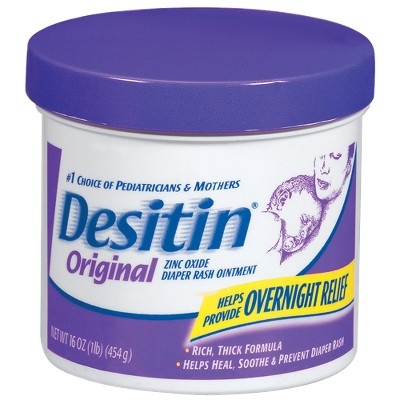
16. Quick Deodorant Replacement
Zinc oxide is an excellent option if you need a quick deodorant replacement. Let’s be honest; sometimes, you realize that you forgot to apply it before leaving the house. All you need to do is use a thin layer of diaper rash cream under your arms, and you’re good to go.
17. Get Off a Stuck Ring
Do you have a ring stuck on your finger? Apply some diaper rash cream on your finger to help get the ring off. It seems to work better than oil or butter.
Final Thoughts On Using Diaper Rash Cream
Who knew that there are so many different uses for diaper rash cream at home! From cracked heels and rough elbows to razor burn and smelly armpits, why not see if your diaper cream can help.
And if you’re looking for more great diapering guides, then check out these guides on best natural diaper rash creams, diaper caddy essentials, best organic baby diapers, and disadvantages of using disposable diapers.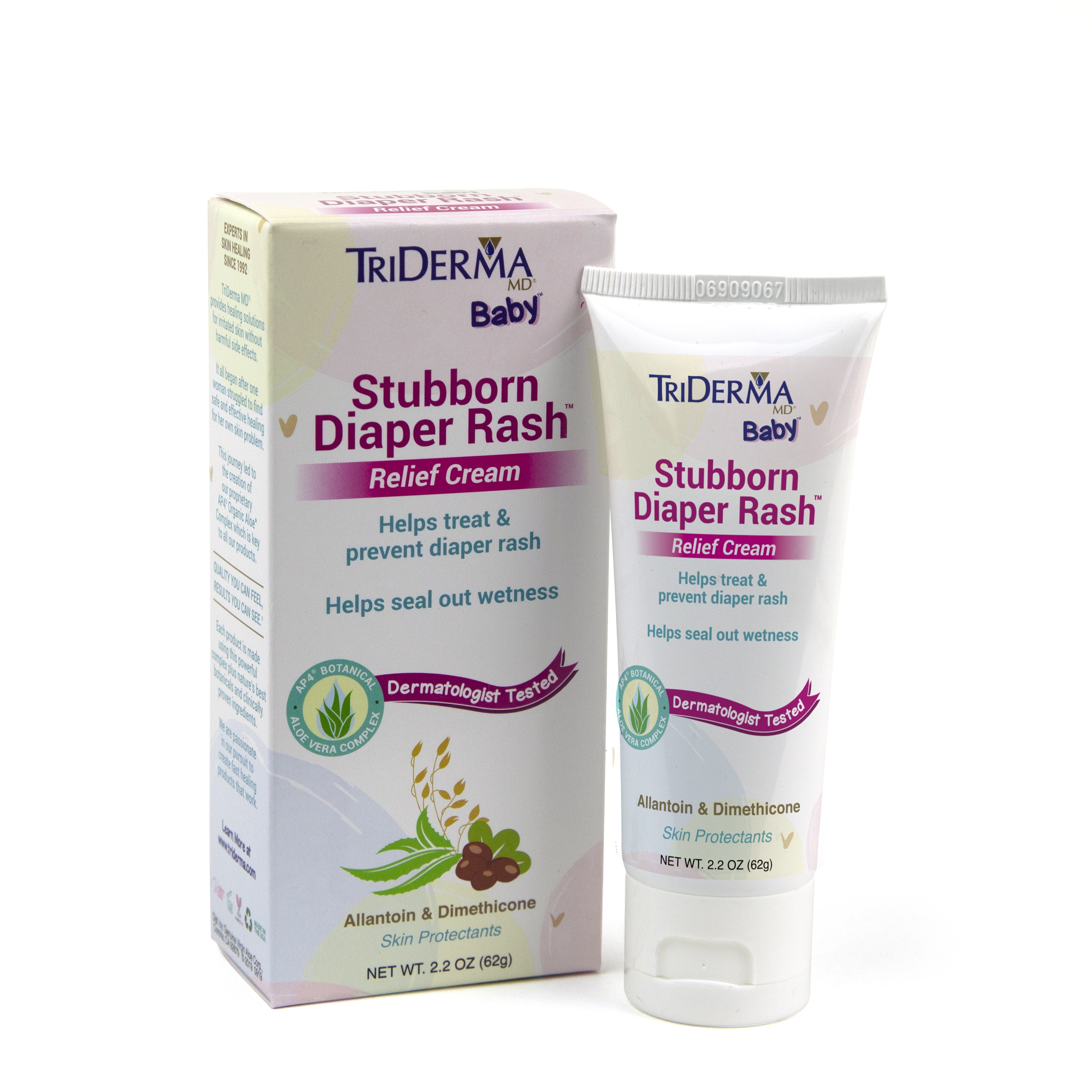
17 «Other» Uses for Diaper Rash Cream
Article updated May 2021.
If I’ve learned one thing as a parent, it’s that every child is different and every parent is different. What works well for one person might not work at all for you. Diaper rash cream is one of those things. When my kids were babies I was on a quest to find the perfect miracle ointment. If I asked three different people, I’d likely get three different brand recommendations. Once I found the kind of diaper rash cream I liked best, I had a graveyard of products that I didn’t know what to do with. If you’re a mom with a bin full of cream and no bums to use them on, try one of these “other” uses for diaper rash cream.
- Rough “winter” skin-While our friends in the north might laugh, yes, this is a thing for us Floridians too.
- Hair dye stains-Petroleum-based cream can prevent hair dye from staining your skin if you’re confident enough to tackle this task yourself!
- Heat rash-May reduce redness and discomfort.
- Sunscreen-If using in a pinch, make sure it contains zinc oxide.
- Chaffing-Sweating’s inevitable, especially during our hot summer months. You can reduce irritation in those sensitive areas by applying before repeated movement. Or just before trying to get your kids settled and buckled up in the car if it’s August in Tampa.
- Minor scrapes-Scrapes are bound to happen with kids. So applying a thin layer can help protect against additional irritation.
- Bug bites-With no shortage of mosquitoes in Florida, this one’s a no-brainer when seeking relief from those pesky bites.
- Zit zapper-Tackle a clogged pore with a dot on the spot overnight.
- Chapped lips-Run out of traditional lip balm? Try a bit of this other “balm” instead.
- Minor burns-May provide a layer of protection while healing.
- Sweaty palms-If nerves have gotten the best of you, apply a thin layer to your palms to prevent them from feeling clammy.
- Eczema-You can temporarily relieve itching by applying diaper rash cream.
- Deodorant-Nothing’s worse than leaving the house and realizing you’ve forgotten this step.
- Callus softener-Can’t make it to the nail salon for a pedicure? Try covering your dry, callused feet with a layer of cream before bed. Put on a pair of socks and let the magic happen while you sleep.
- Razor burn-Reduce regret (and irritation!) from rushing thru this task.
- Sunburn relief-May aide with redness and discomfort.
- Under-eye concealer-Crazy, right?? Read how pharmacist Lindsey Elmore details the science and logistics behind this beauty hack.
Not all diaper rash creams are created equal. Be sure to read all ingredient lists carefully before applying.
Do you have alternative uses for diaper rash cream? Leave a comment and let me know.
This post is for informational purposes only and is not intended to diagnose or treat any medical condition.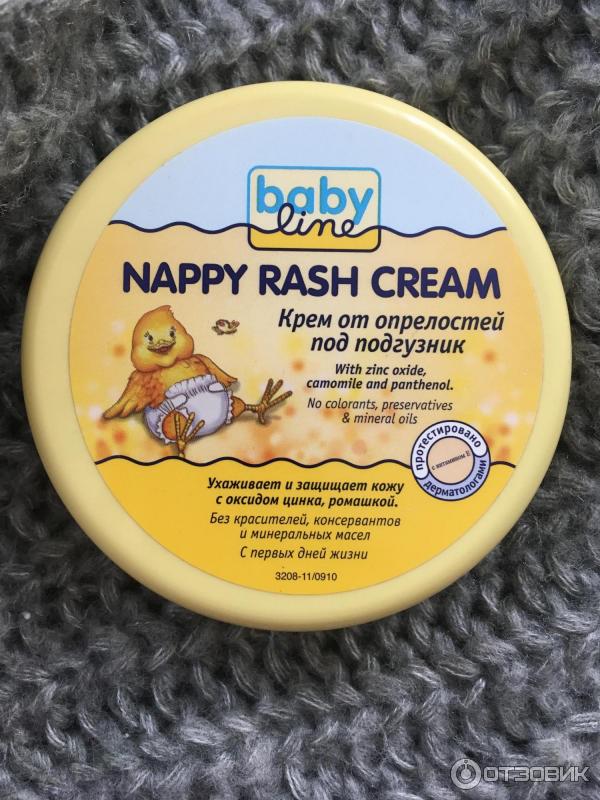
Emily Draper
https://emilydraper.kw.com
Emily grew up in the Upper Peninsula of Michigan. She graduated from The University of Arizona with a degree in Business Administration, where her love affair with all-things desert began. She originally moved to Tampa in 2009 to be closer to her then-boyfriend, now-husband, Kyle. Together, they have two amazing (and amazingly strong-willed!) kids. Since starting a family, Emily has also lived in South Carolina and Metro Detroit, before returning to the Tampa area in 2017. Emily is a REALTOR® and in her spare time, she enjoys fitness, essential oils, reading, country music, and anything crafty.
Be a Tampa Bay Mom Insider
Stay in the know about all things Mom in Tampa Bay. Subscribe below!
Parenting In Tampa Bay
Happening Now
|
« October 2022 |
||||||
| M | T | W | T | F | S | S |
|---|---|---|---|---|---|---|
|
26 |
27 |
28 |
29 |
30 |
1 |
2 |
|
3 |
4 |
5 |
6 |
7 |
8 |
9 |
|
10 |
11 |
12 |
13 |
14 |
15 |
16 |
|
17 |
18 |
19 |
20 |
21 |
22 |
23 |
|
24 |
25 |
26 |
27 |
28 |
29 |
30 |
|
31 |
1 |
2 |
3 |
4 |
5 |
6 |
Fri
28
Newborn care book
Thursday,
31
October
2019
Dear mothers and fathers!
You are the closest people to the baby.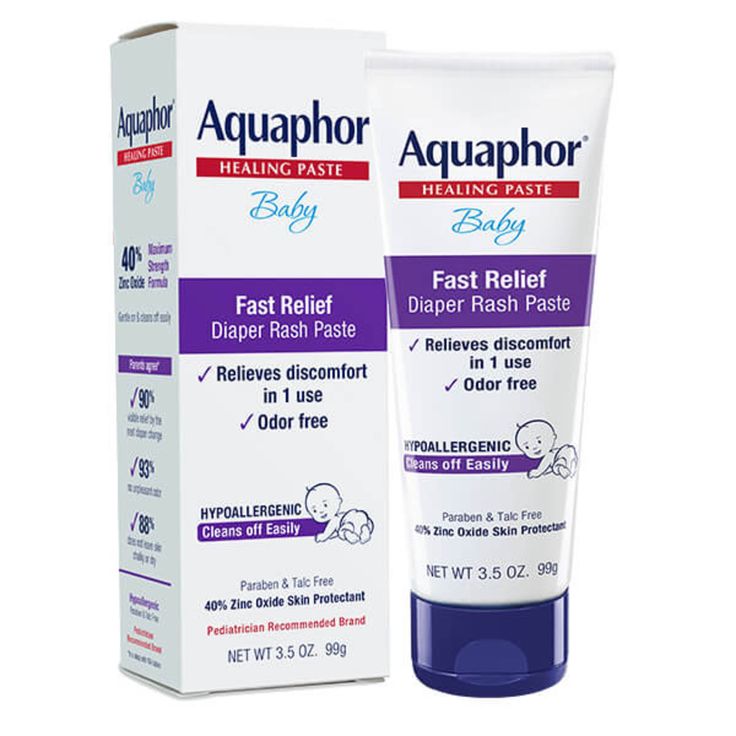
We hope that the information provided will help you and bring even more smiles to the lives of babies and their parents.
Everyone should know this! The structure of children’s skin and its functioning.
The skin of a newborn is very delicate.
The skin of a baby is twice as thin as the skin of an adult.
The skin of a baby is very thin and easily vulnerable, because its thickness is only half the thickness of the skin of an adult.
A child sweats twice as much as an adult.
On the tiny body of the baby, initially the same number of sweat glands as in an adult. In addition, his metabolism is very fast, so at any time of the year the baby sweats twice as much as an adult.
Many babies experience skin problems
Miliaria
Tiny red spots accompanied by itching.
Irritation around the mouth
Salt and digestive enzymes in saliva easily irritate the skin. Many babies experience this phenomenon at the age of 5-6 months, when they start teething.
Diaper rash
Inflammation caused by rubbing the diaper against the baby’s skin. Redness occurs on the ass, and later microcracks appear, which can increase in size. Diaper rash causes itching and/or pain.
Allergic reactions
An allergic reaction to a substance causes itching, rash or hives on the skin. In the event of such symptoms, a specialist consultation is necessary to identify the cause.
Home care will help prevent skin problems.
Washing and bathing
Prevent skin problems by treating their causes! Skin contact with sweat or feces cannot be avoided, but it can be minimized.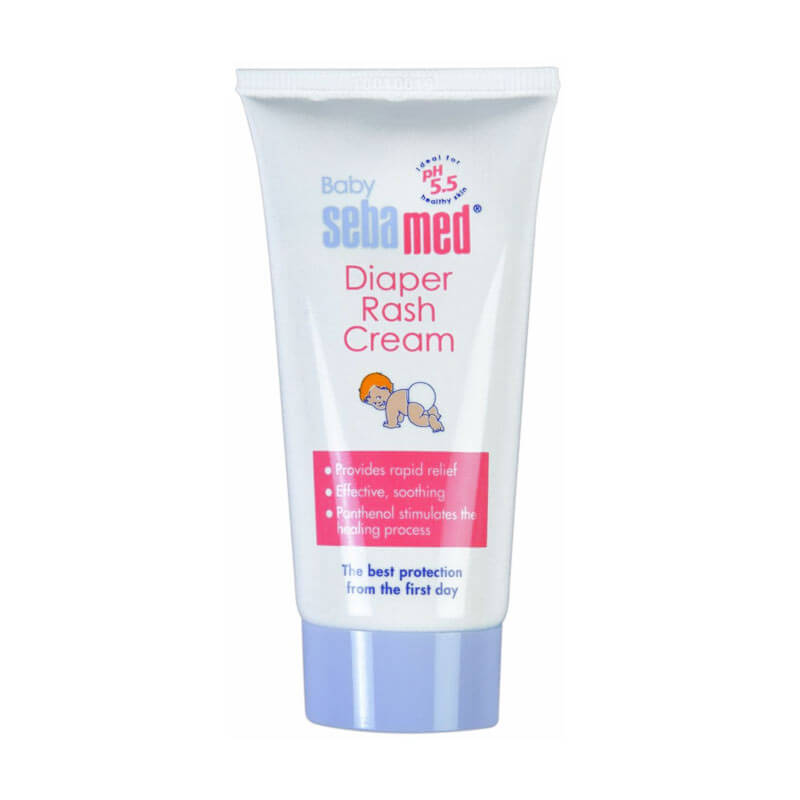
Regardless of the time of year, after the baby has pooped, quickly remove the stool with a baby sanitary napkin and, if possible, wash the baby with warm water. It is very important never to leave your butt dirty or wet!
On hot summer days, one bath a day is not enough to prevent diaper rash and prickly heat, it is necessary to rinse the baby in the shower at least once during the day to wash off the sweat. In such cases, use only running water, frequent use of soap can degrease the skin and irritate it.
In winter, it is easy to catch a cold after bathing. Make sure that the room in which care is taken after bath procedures is warm.
Humidification
The protective function of the baby’s skin is not yet fully formed, as well as its immunity. After washing or bathing, apply baby oil to the baby’s skin — it will make up for the lack of crumbs’ natural skin oils and help retain moisture.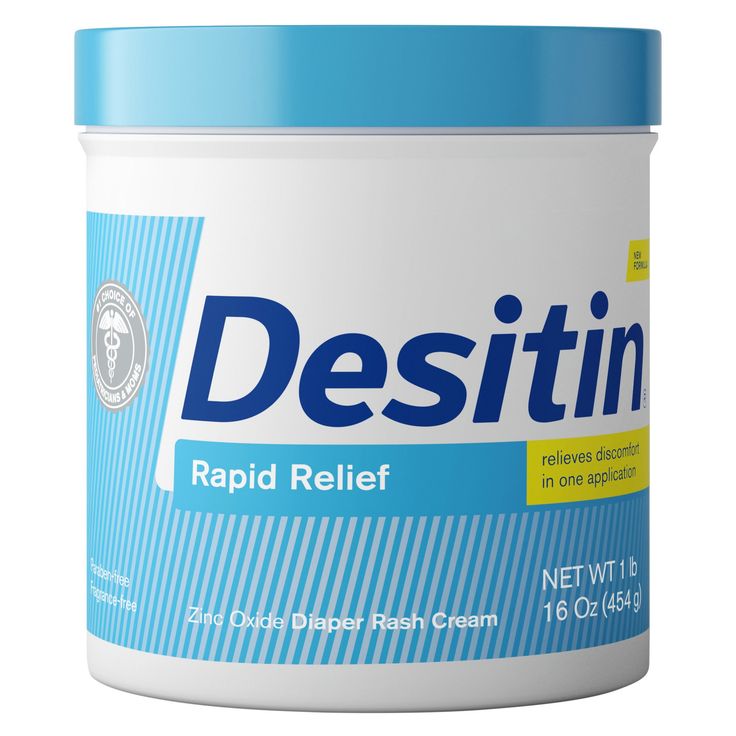
It is very important that your baby’s skin is sufficiently hydrated. Use a cream or lotion. Do not rub the product into the skin, apply it gently and with light massaging movements. Perform the procedure in the morning and before bedtime, as well as during the day, during a diaper change.
You have no idea how irritated the skin is in the summer: air conditioning, ultraviolet rays, excessive sweating — all this injures the skin. If you find a cream or lotion too oily and sticky, use a lighter texture.
In winter, the main cause for concern is dry skin. With the beginning of the heating season, it is very important to continue to take good care of the skin: to prevent both dryness and excessive sweating. Apply cream to areas of skin prone to dryness.
Air baths
Undress your baby completely for unobstructed skin contact with air
Air baths are great for preventing diaper rash at any time of the year.
Even in winter it is necessary to change the diaper every 3-4 hours. Before undressing your baby for air baths, make sure the room is warm enough for your baby to feel comfortable naked.
Baby’s skin is healthy and he feels great!
However, it is worth paying attention to some other things.
Baby clothes
Baby’s clothing should be made of fabric that wicks away moisture, is breathable and does not cause irritation. This is especially important for the bottom layer of clothing that touches delicate skin. Give preference to loose clothing. Make sure that nothing presses on the tummy and does not hinder the movements of the arms and legs.
To maintain your newborn’s body temperature, wear one more layer of clothing than you are wearing.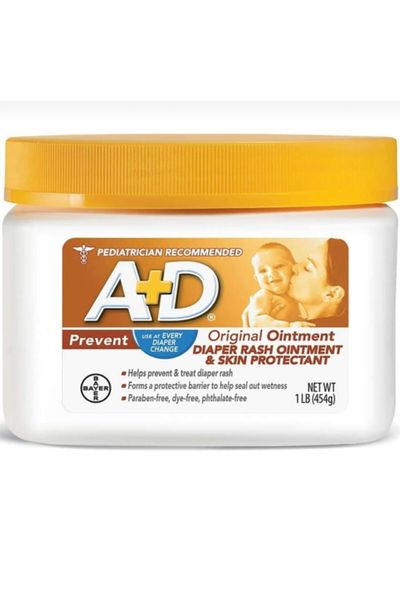
In summer, when the baby sweats a lot, it is better to wear short sleeves than no sleeves at all. Also, change your baby’s clothes often. When walking, always take light outer clothing with you, which can be put on top of the child if it gets chilly or you enter an air-conditioned room.
In winter, whether we like it or not, we have to put a lot of clothes on the child. But do not be too zealous, because the baby can easily sweat! At home, you can wear two layers of underwear under your clothes. If you are still afraid that the baby will freeze, add a vest or another layer of underwear.
Room temperature and humidity
The room temperature that is comfortable for the baby depends on the time of year. Always check this indicator. Remember, the air temperature at the floor differs from the temperature at the window and ceiling.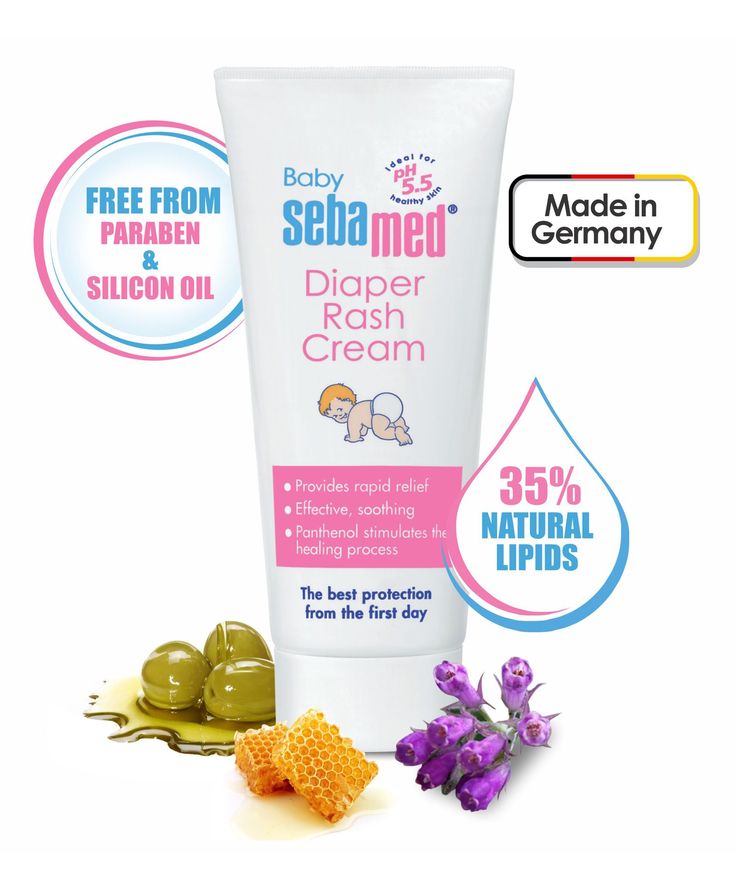
The baby is not yet able to independently control his body temperature, it rises or falls along with the air temperature.
It is believed that in summer the baby is comfortable at an air temperature of 24-26C. Be sure to check if the air flow from the air conditioner is blowing on the baby. Control the humidity level in the room, it should not exceed 60%.
It is believed that in winter the baby is comfortable at an air temperature of 21-23 C. Use a humidifier to eliminate dry air, try to maintain humidity at 40-60%. Don’t forget to ventilate the room regularly!
Condition for sleep.
Most of the time the baby spends in a dream, and where and how he sleeps is extremely important. Comfortable and restful sleep contributes to the physical and neuropsychic development of the baby.
First of all, create the right conditions for sleep. Lights, loud noises, incorrect air temperature — all this disturbs sleep.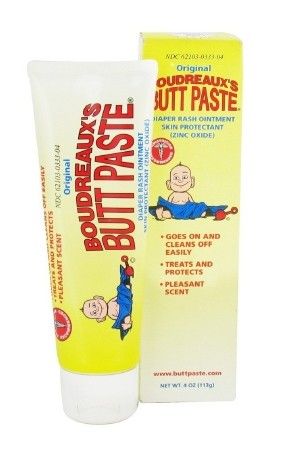
In summer, when the baby sweats a lot, you can cover the mattress with a terry towel. It is also convenient to use a towel made of natural fabric as a blanket. Toddlers often open up in their sleep, so don’t forget about light, spacious cotton pajamas.
In winter, babies are usually wrapped in warm blankets. Should not be doing that! After all, if it gets too hot under the covers, the body temperature can rise. Even if the baby’s legs and arms are a little cool, this does not mean that he is cold. If the baby is ruddy, and his tummy and back are warm, there is nothing to worry about!
Walking
Fresh air has a good effect on the baby: it regulates his biological clock and develops the protective function of the body.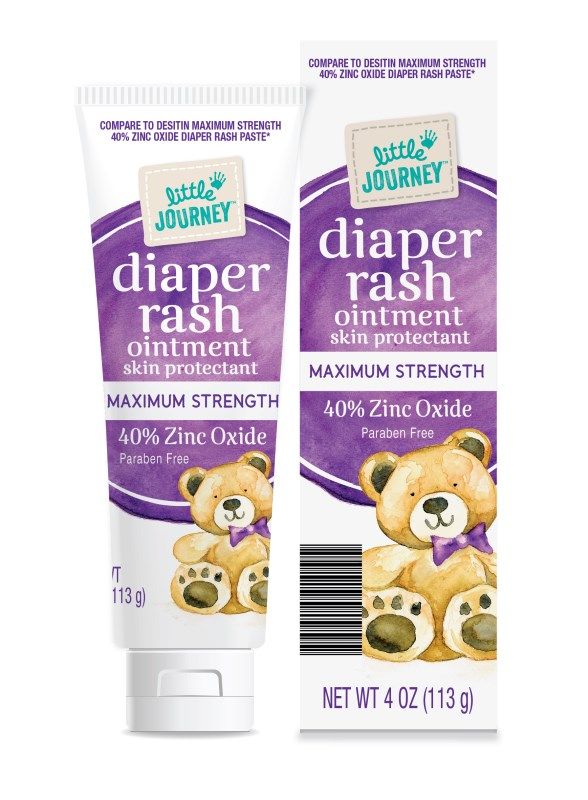
Choose the right time for walking. Your baby can’t regulate his body temperature yet. Go for a walk at a time of day when the temperature is comfortable outside. Choose places protected from the wind. Increase the frequency and duration of walks gradually.
In summer, beware of UV rays and heatstroke. You should always carry water, sunscreen, mosquito repellent, a change of clothes in case your little one gets sweaty, and of course a couple of spare diapers. Give preference to morning and evening walks when it gets cooler outside.
Do not avoid walking on cold winter days. Feeling the frost on the skin, the baby learns to regulate body temperature. It is most comfortable to walk in the winter in the afternoon — usually at this time it is a little warmer.
Diaper and diaper change
Obviously, the first direct task of a diaper is to hold the baby’s urine and stool without leaking or irritating the skin.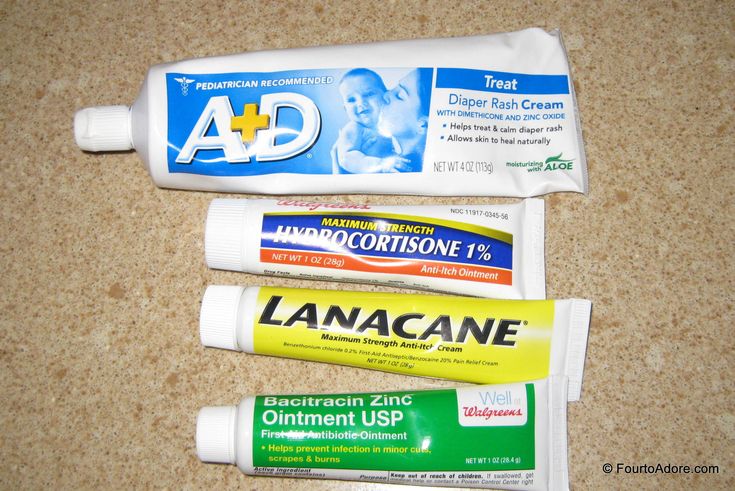
When choosing a diaper, be guided by the age and weight of the child. If urine and stools begin to leak, it’s time to use large diapers. And when the baby begins to actively move, we recommend switching to panties — diapers.
Surprisingly, a newborn can pee up to 20 times a day and poop up to 10 times. In order to protect the baby’s delicate skin, the diaper should be changed as soon as possible, even if the baby poops or pees very little. When the baby gets older, he pees and poops less often, but more plentifully, therefore, as before, every time it is necessary to change the diaper to a new one.
Did you still have skin problems?
When to See a Doctor
Even if you carefully care for the baby, wash and moisturize the skin in time, its protective function is still not sufficiently developed and sometimes problems may arise.
1. If the skin develops redness and rash, you should immediately consult a doctor if you experience the following symptoms:
— cough, runny nose, fever, red eyes, swollen hands or feet;
— the skin itches, the condition remains the same or worsens, the skin is inflamed.
2. If the skin is dry and cracked, see a doctor immediately if you experience the following symptoms:
— weeping wounds appear, itching occurs;
— the condition remains the same or worsens.
How to care for problem skin
Bathing
Baths should be shorter and the water slightly warmer than usual.
Humidification
Skin condition may improve with regular use of a hypoallergenic cream or lotion (of course, depending on what kind of skin problems have arisen). For example, when a rash is accompanied by dryness, the skin must be moisturized.
How to determine how much to moisturize the skin?
Continue moisturizing until it becomes soft and dryness disappears. A moisturizer or lotion will also help relieve itching. However, if the condition worsens, you should immediately consult a doctor!
Tell me, doctor!
Answers to questions of interest to mothers.
1. How often can I wash my baby with soap or gel?
Answer: Do not overuse baby skin care products.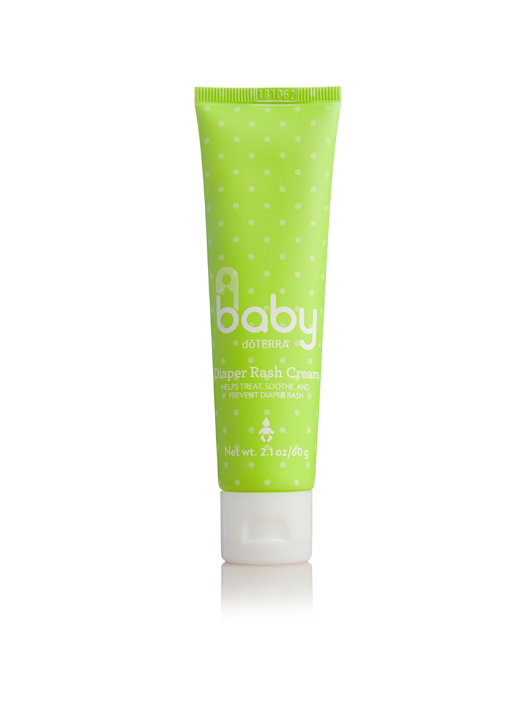
2. My child often hiccups, what should I do?
Answer: Hiccups are caused by sudden contractions of the diaphragm caused by irritation. The nervous system of a newborn is not mature enough, so any stimulus (external and internal) provokes excessive excitement and hiccups. Common causes of hiccups are overeating, swallowing air while sucking, hypothermia. If you try, you can eliminate the cause of hiccups (attach the baby to the chest or give water to drink, warm the baby). With age, the child’s nervous system strengthens and hiccups become less frequent.
3. How often is it recommended to use powder or baby diaper cream?
Answer: Small children need to change the diaper after each bowel movement or every 3-4 hours, with obligatory washing of the child and air baths.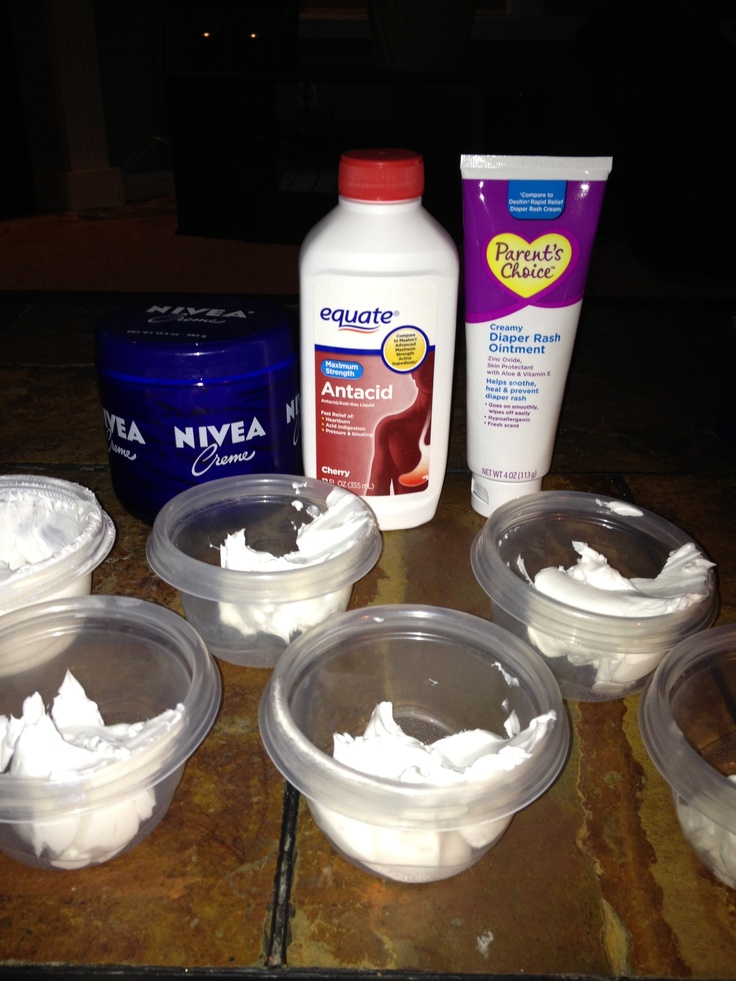
4. Why does the baby spit up?
Answer: One of the common problems in the first months of a child’s life is regurgitation. This is the intake of a small amount of gastric contents into the oral cavity. In most cases, regurgitation is physiological and occurs due to the peculiarities of the structure and maturation of the gastrointestinal tract (short esophagus, vertical position of the stomach, immaturity of the sphincters). Regurgitation can occur in children with intrauterine growth retardation, as well as in premature babies as a result of delayed maturation of coordinated sucking, swallowing and breathing. Overeating, swallowing air, flatulence and intestinal colic lead to regurgitation.
5. How to bathe a child with diaper rash?
Answer: When diaper rash begins, it is necessary to bathe the child in a solution of chamomile or a string with obligatory drying and subsequent air baths.
6. What diet should I follow to prevent my child from developing allergies?
Answer: Breast milk is the optimal nutrition that meets all the needs of the baby.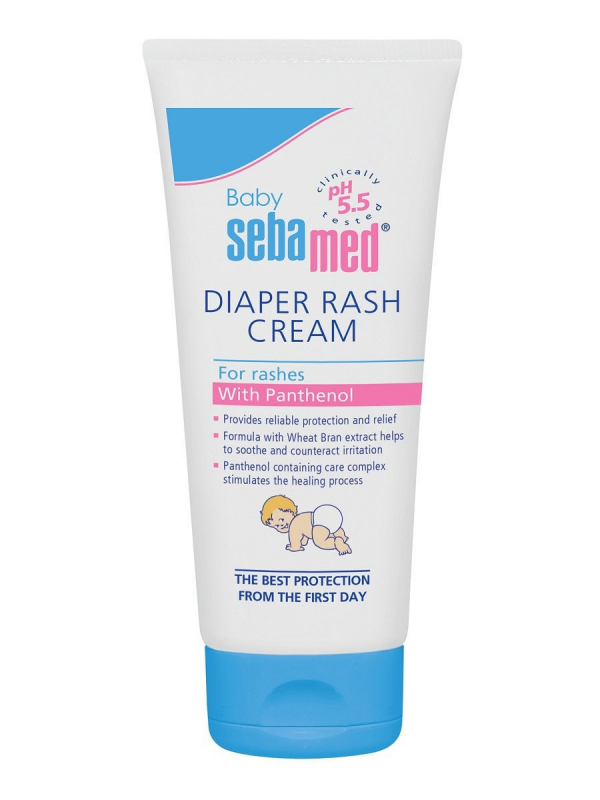
Many parents often ask :
When is the baby most prone to diaper rash?
At an age when the stool is still watery and the baby poops often;
when babies have diarrhea; when the baby is in the same diaper for a long time, for example, if it is not possible to change it outside the home or at night.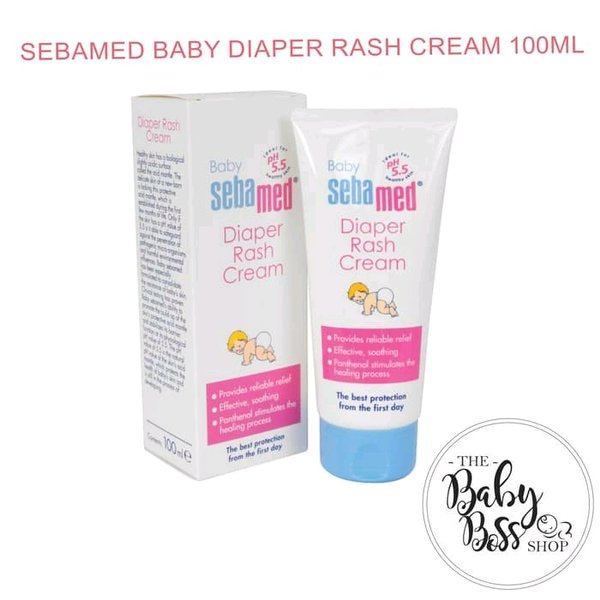
In these cases, be especially careful, carefully make sure that the baby’s ass always remains dry and clean.
Signs of diaper rash
You should be on the lookout for diaper rash if your baby behaves like this:
— feels pain and cries when you wipe your buttocks;
— hurts and cries when you rinse your ass with warm water while bathing;
— Tries to scratch your hand when you take off your used diaper.
There are several causes of diaper rash, and some of them are interrelated.
Urine
Excretion products of the body filtered by the kidneys are irritants. After some time, these substances decompose and become very caustic.
Loose stool
Baby’s liquid stool contains a lot of irritants. If you do not immediately wipe loose stools, diaper rash occurs instantly.
Sweating and contact with sweat
When the baby is actively moving, the ass also sweats. If the baby pees, the level of moisture inside the diaper increases, and contact with sweat will easily damage irritated skin.
Friction irritation
Baby’s skin is very thin and delicate. Sometimes microcracks are formed on it, which are not visible to the naked eye, inflammation can occur in these places.
Fungus (Candida)
Immaturity of the digestive and immune systems in the infant, development of intestinal dysbiosis, predisposition to diaper dermatitis can cause fungal dermatitis.
For your baby’s health and comfort, choose a diaper that is gentle on the skin.
Did you know that when a baby pees, the moisture level in the diaper can sometimes be over 80%?
What to look for when choosing a diaper
Choosing a diaper that is gentle on the skin, you choose comfort for your baby!
What is a diaper that is comfortable for baby’s skin?
1.
The temperature inside the diaper with low air permeability rises quickly and moist air is trapped, which easily leads to diaper rash.
2. Gentle, gentle on baby’s skin
Skin rubbing against the diaper can cause irritation, so choose a diaper that is soft to the touch.
3. Superbly absorbent, keeps baby’s bottom dry.
Extremely absorbent diaper absorbs moisture instantly — the bottom will not get wet, and delicate skin will remain dry.
4. Non-restrictive
The diaper fits perfectly, does not outlive the tummy and does not hinder movement. Freedom of movement is good for the growth and development of the baby!
Bacterial dermatitis
Consent to the processing of personal data
We would like to inform you that any messages related to the quality/safety of medicines received by INFAMED LLC via e-mail, phone calls or written notifications are subject to mandatory processing with the further adoption of measures to protect them in accordance with the requirements of the legislation of the Russian Federation on personal data.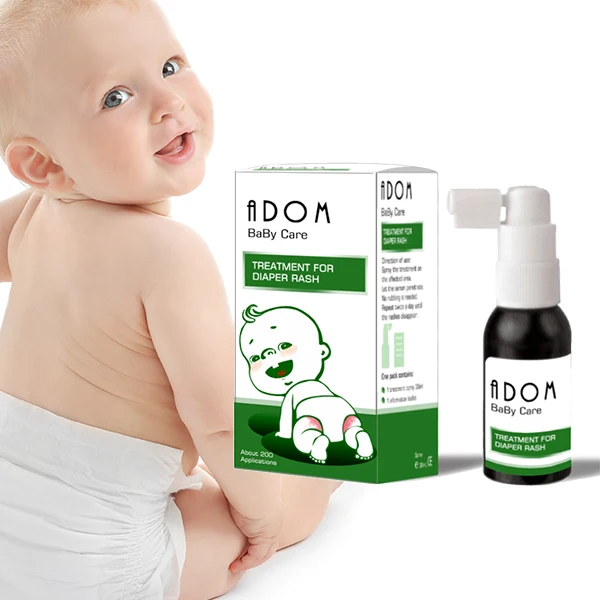
Sending a message to INFAMED LLC means and confirms your consent to processing (collection, recording, systematization, accumulation, storage, clarification (update, change), extraction, use, transfer (provision, access), depersonalization, blocking , deletion and destruction) of your personal data by INFAMED LLC.
Processing is carried out in order to comply with the pharmacovigilance requirements established by the legislation of the Russian Federation in accordance with the Personal Data Processing and Protection Policy posted on the website *link*.
This consent is valid from the moment INFAMED LLC submits it until the day it is withdrawn, by sending a corresponding application in writing to the address: 142700, Moscow Region, Leninsky District, Vidnoye, the territory of the Industrial Zone of JSC VZ GIAP, building 473, floor 2, room 9.
with spray nozzle
road uniform
with urological applicator
with gynecological handpiece
for hospitals
Vaginal suppositories
Reading time: 6 minutes
Viewed: 4222
Did you know that bacterial infections are called perhaps the most important problem of dermatologists? Why does our skin, which nature itself endowed with powerful protective properties, sometimes give up before the onslaught of microbes, and how can the status quo be restored in such a situation? Let’s try to figure it out!
Natural germ protection
A huge number of different microorganisms live on the skin, but we don’t even think about it.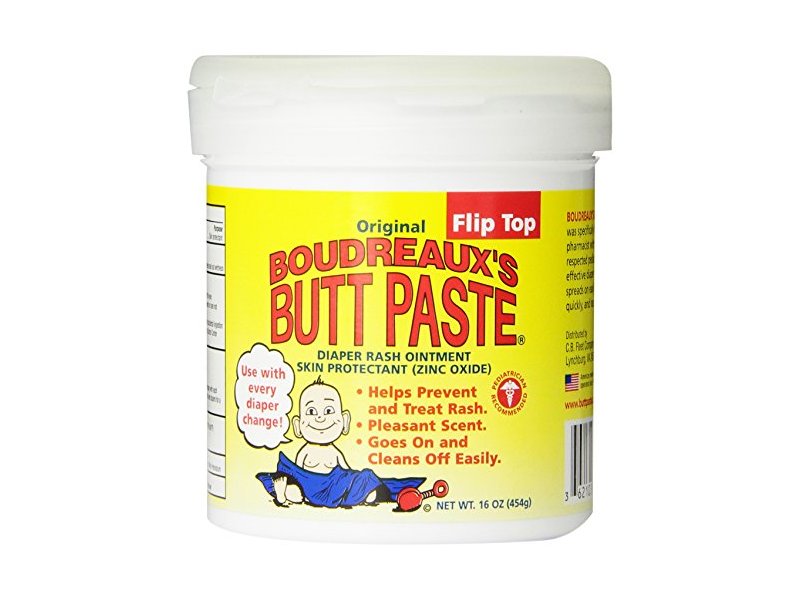
- a dense layer of keratinizing cells, their constant rejection and renewal;
- the presence of «own sterilizer» in the form of a water-lipid mantle with low molecular weight fatty acids that inhibit the growth of pathogenic microflora;
- antimicrobial properties of the secretion of the sebaceous and sweat glands;
- acidic pH etc.
Forms
where to buy all forms
Forms
where to buy all forms of
Forms
where to buy all forms
Many mothers ask if Miramistin can be used for diaper rash in children? This drug has long established itself as an effective means of preventing and treating microbial skin pathology.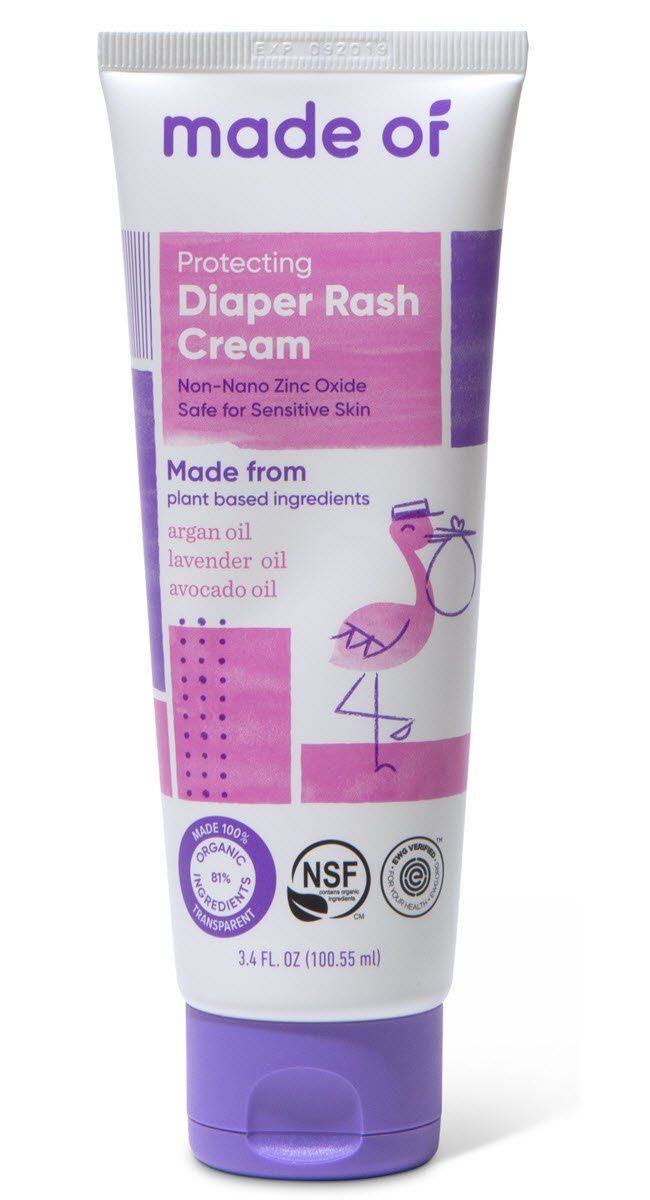
all testimonials
#specialists about miramistine
According to current legislation, these materials can only be accessed by medical professionals. I certify that I am a medical professional. The information obtained on the site will be used by me only in my professional activities
When do bacteria break through the defense?
This is facilitated by cuts, diaper rash, erosion, cracks and other damage, which become the «entrance gate» for microbes. Imagine that the owner of the house himself opened the door for you and invited you to enter!
And if our immunity is reduced, then bacteria begin to multiply actively.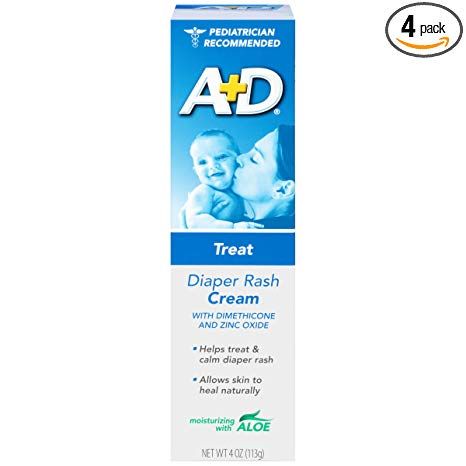
Which microbes are included in the TOP?
Bacterial dermatitis is most often caused by staphylococci and streptococci. They cause pustular diseases, which are united by the general term — pyoderma. Staphylococci often cause infection in hair follicles and sweat glands. And streptococci are characterized by damage to the smooth skin. Depending on the depth of the inflammatory process, as a result of treatment, complete restoration of damaged tissues or scarring is possible.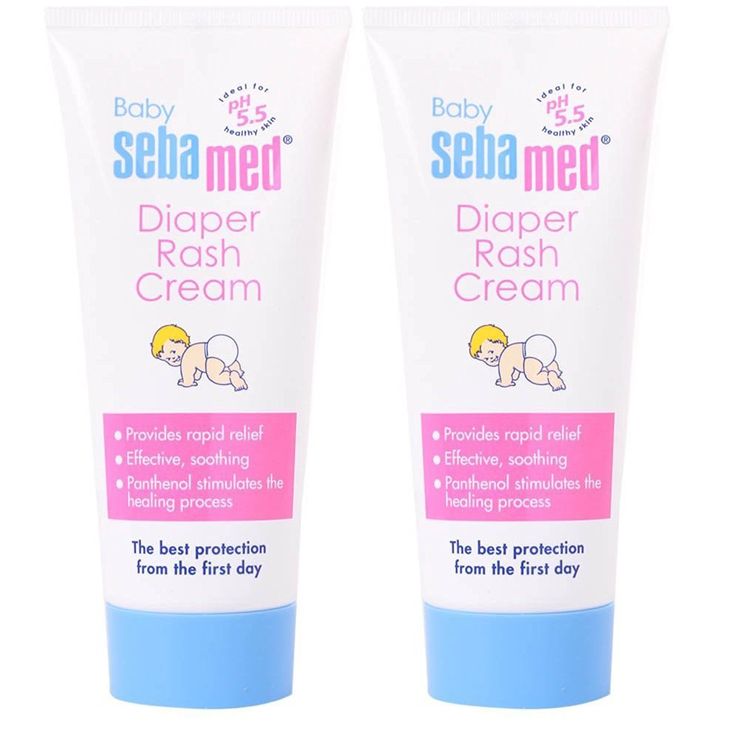
What is used for treatment
First of all, it should be aimed at combating pathogens — bacteria. Antibiotics are prescribed for this purpose. If pyoderma is superficial and uncomplicated, then the doctor may prescribe antibacterial drugs for external use. And with a deep infection, systemic antibiotics may be recommended.
Also, in the complex treatment of bacterial infections, immunotherapy (bacteriophages, staphylococcal toxoid, immunostimulants), multivitamins can be used. Also, the affected areas are treated with antiseptics, products based on tar, proteolytic enzymes, silver ions, etc.
Possibilities of using Miramistin
In everyday life, we often encounter such problems as cuts, diaper rash, cracks in the skin. As we have already said, they can become «entrance gates» for infection.
Miramistin in various infectious skin diseases has a number of advantages.
-
Miramistin fights streptococci, staphylococci and many other bacteria, including those resistant to antibiotics, as well as complex viruses, fungi and a number of other pathogens. 1
-
When used together with antibiotics, it enhances their antibacterial properties. 1
-
Has anti-inflammatory action. 1
-
With diaper rash and other injuries, it activates the processes of tissue repair. 1
-
Stimulates local defense reactions. 1
-
Not absorbed through the skin and mucous membranes.
1
-
It is possible to use during pregnancy, lactation, but the use is at the discretion of the doctor. 1
-
It is possible to use even in newborns according to the indications in the instructions for use. 1
How to use Miramistin in case of pyoderma?
The tool is indicated for adults and children for the prevention and treatment of pyoderma. Miramistin is abundantly moistened with sterile gauze swabs and wiped with the affected areas of the body. The procedure is carried out 3 times a day. 1
The release form of the drug is a solution that is completely ready for use “out of the box” and does not require additional dilution. 1
Literature:
1. Instructions for the medical use of the drug Miramistin, reg. number: P N001926/01.
Related articles
Dermatology
Dermatology
Viral dermatitis
Dermatology
Fungal dermatitis
Dermatology
Demodicosis
all articles
Questions and Answers
Dermatology
Miramistin® and acne
We are often asked if Miramistin solution helps with blackheads and blackheads.
Does Miramistin® dry out mucous membranes?
Miramistin® is an original antiseptic with a wide spectrum of antimicrobial action, which is actively used for the prevention and treatment of various infectious and inflammatory diseases, including the oral cavity, pharynx and larynx
more questions
Articles. Filters
Consent to the processing of personal data
We inform you that any messages related to the quality / safety of medicines received by INFAMED LLC via e-mail, phone calls or written notices are subject to mandatory processing with further measures to be taken to address them. protection in accordance with the requirements of the legislation of the Russian Federation on personal data.
Sending a message to INFAMED LLC means and confirms your consent to processing (collection, recording, systematization, accumulation, storage, clarification (update, change), extraction, use, transfer (provision, access), depersonalization, blocking , deletion and destruction) of your personal data by INFAMED LLC.

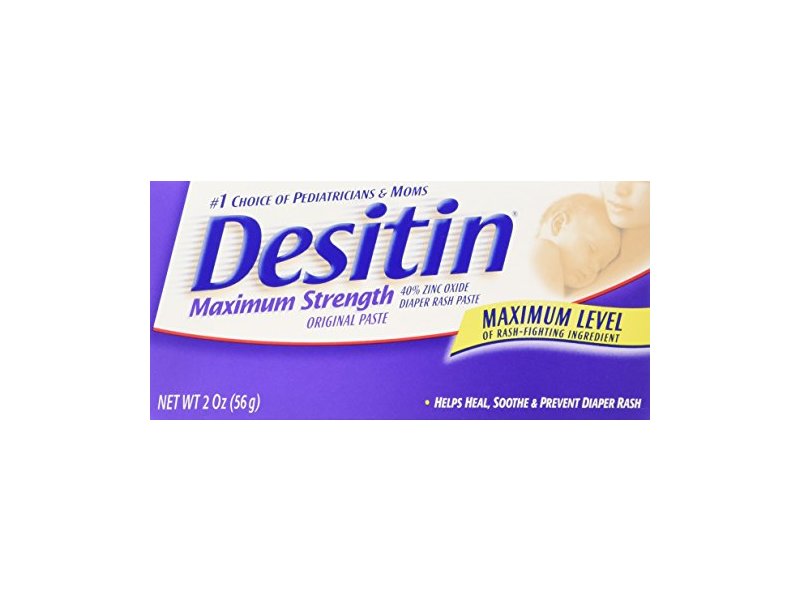

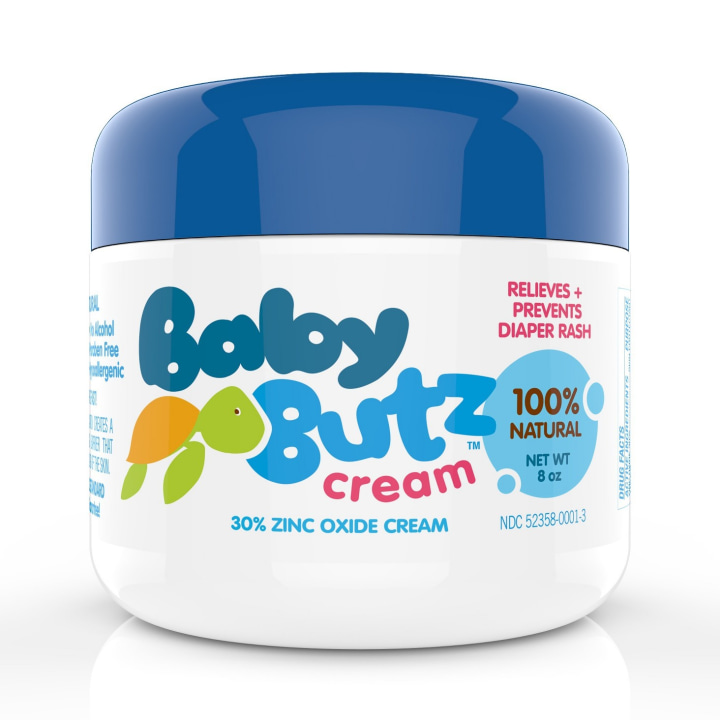 1
1 